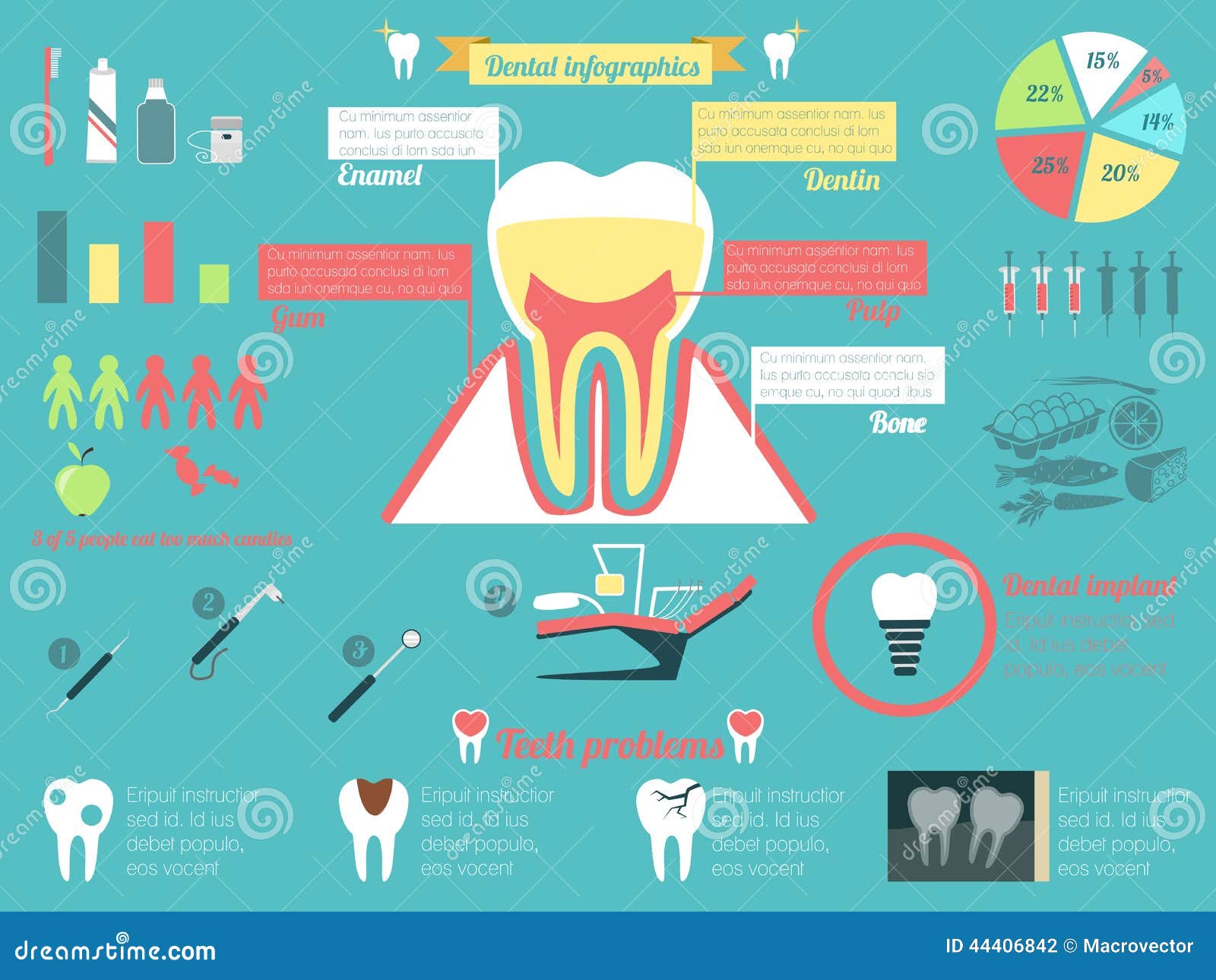Check Out The Introducing Developments That Are Altering The Landscape Of Oral Surgery. Examine The Future Of The Area And Guarantee You Stay At The Leading Edge. Click Currently For A Preview Of What Is To Find
Check Out The Introducing Developments That Are Altering The Landscape Of Oral Surgery. Examine The Future Of The Area And Guarantee You Stay At The Leading Edge. Click Currently For A Preview Of What Is To Find
Blog Article
Content Writer-Hermansen Terrell
Welcome to the world of dental surgery, where advancements and breakthroughs are forming the future of the field! In this interesting realm, you'll witness the transformative power of robotics, the advanced marvel of 3D printing, and the game-changing influence of minimally invasive methods.
The future of oral surgery holds an assurance of accuracy, performance, and enhanced patient outcomes. With the help of sophisticated robotics, surgeons have the ability to execute complicated treatments with better precision and control.
3D printing innovation is reinventing the production of oral implants and prosthetics, offering tailored remedies that fit seamlessly right into each client's distinct makeup.
In addition, minimally invasive techniques are decreasing post-operative discomfort and healing time, allowing clients to return to their daily lives earlier.
Prepare to explore the amazing developments and advancements that are improving the landscape of dental surgery!
Improvements in Robotics
One major innovation in dental surgery is making use of robotic technology, which allows for exact and reliable procedures. With the help of robotic systems, oral surgeons have the capacity to do complex surgical treatments with improved precision, decreasing the risk of human mistake.
These robot systems are furnished with innovative imaging technology and precise instruments that enable cosmetic surgeons to navigate via complex anatomical structures with ease. By making use of robotic innovation, cosmetic surgeons can attain higher surgical precision, leading to boosted patient results and faster recovery times.
In addition, the use of robotics in dental surgery allows for minimally invasive procedures, lowering the trauma to bordering tissues and promoting faster healing.
3D Printing in Oral Surgery
To improve the field of dental surgery, you can check out the subtopic of 3D printing in dental surgery. https://are-veneers-covered-by-in17395.blogofchange.com/33578387/in-sedation-dentistry-stress-and-anxiety-dissolves-making-oral-visits-extra-satisfying-discover-just-how-these-strategies-can-alter-your-experience-in-the-chair has the potential to revolutionize the method oral doctors operate and treat clients. Below are four crucial methods which 3D printing is forming the field:
- ** Custom-made Surgical Guides **: 3D printing permits the production of very accurate and patient-specific surgical guides, boosting the precision and performance of procedures.
- ** Implant Prosthetics **: With 3D printing, dental specialists can develop tailored dental implant prosthetics that flawlessly fit a client's unique makeup, leading to much better results and person satisfaction.
- ** Bone Grafting **: 3D printing enables the manufacturing of patient-specific bone grafts, minimizing the demand for standard grafting methods and boosting recovery and recuperation time.
- ** https://www.itv.com/news/calendar/2019-03-06/children-aged-five-and-under-having-rotten-teeth-removed and Educating **: 3D printing can be made use of to produce reasonable surgical models for instructional functions, enabling oral doctors to practice complex procedures before executing them on individuals.
With its possible to enhance accuracy, personalization, and training, 3D printing is an amazing advancement in the field of dental surgery.
Minimally Invasive Techniques
To further progress the field of dental surgery, welcome the potential of minimally invasive methods that can significantly profit both surgeons and individuals alike.
Minimally invasive techniques are reinventing the area by decreasing medical injury, reducing post-operative discomfort, and accelerating the recuperation procedure. These techniques involve using smaller sized cuts and specialized tools to perform procedures with accuracy and effectiveness.
By making use of sophisticated imaging innovation, such as cone beam calculated tomography (CBCT), cosmetic surgeons can properly plan and implement surgical treatments with very little invasiveness.
In addition, making use of lasers in oral surgery allows for specific tissue cutting and coagulation, leading to decreased blood loss and lowered healing time.
With minimally invasive strategies, clients can experience quicker healing, decreased scarring, and improved results, making it an essential facet of the future of dental surgery.
Verdict
So, as you can see, the future of dental surgery is incredibly appealing, with exciting technologies and breakthroughs forming the field.
From the improvements in robotics to the use of 3D printing and minimally intrusive techniques, oral doctors are changing the method they supply care.
While some might fret about the potential cost related to these developments, it is essential to bear in mind that these technologies eventually boost patient results and decrease recuperation time, making them well worth the investment over time.
